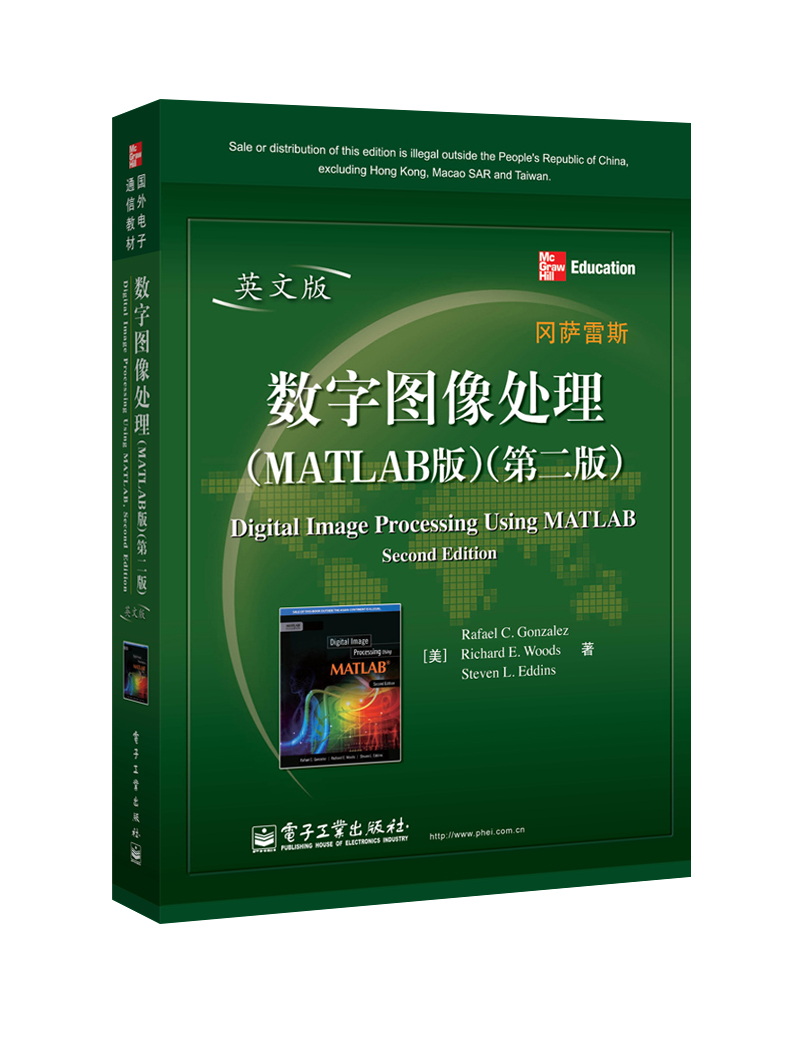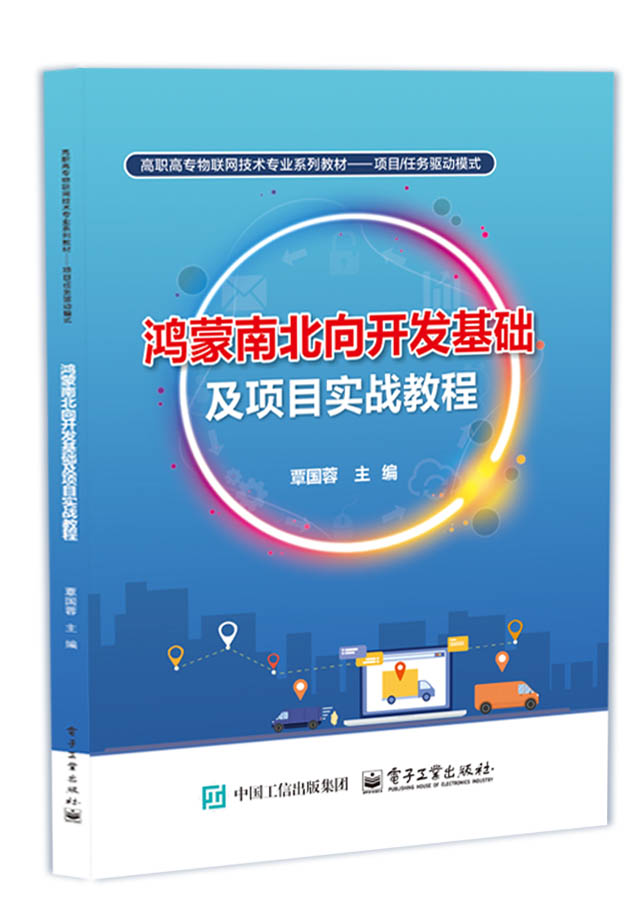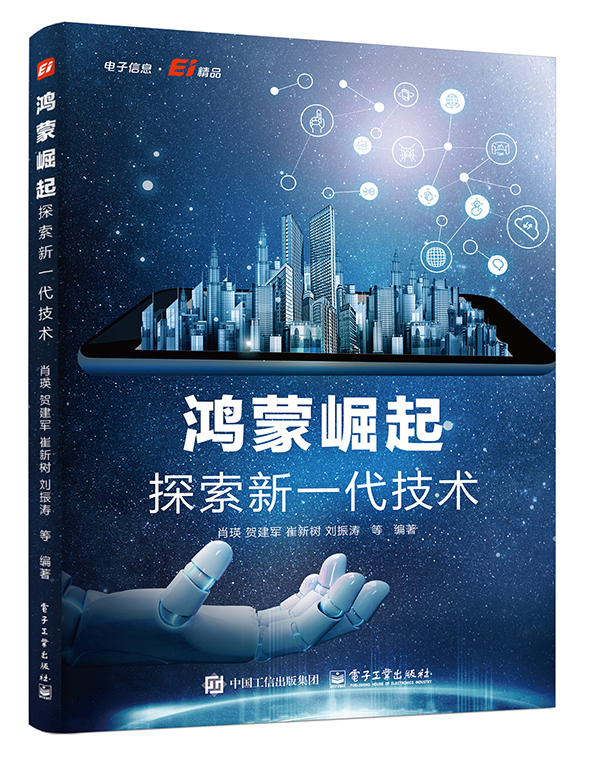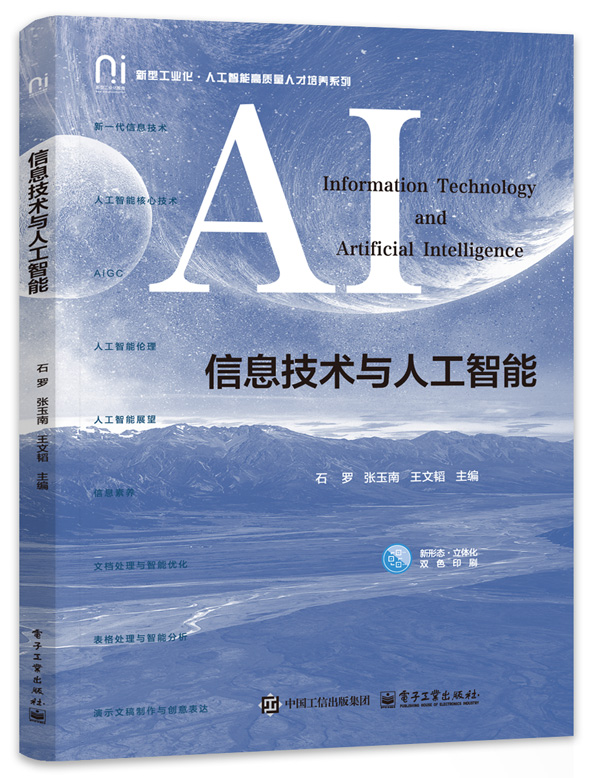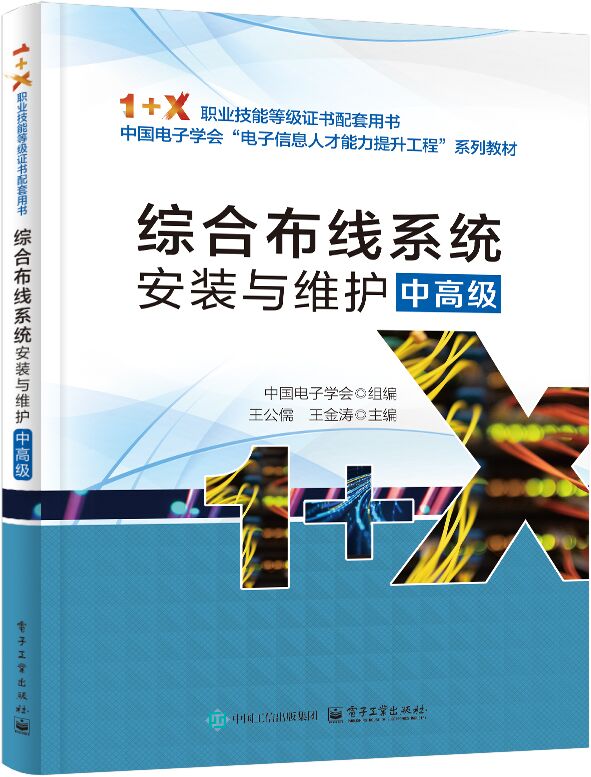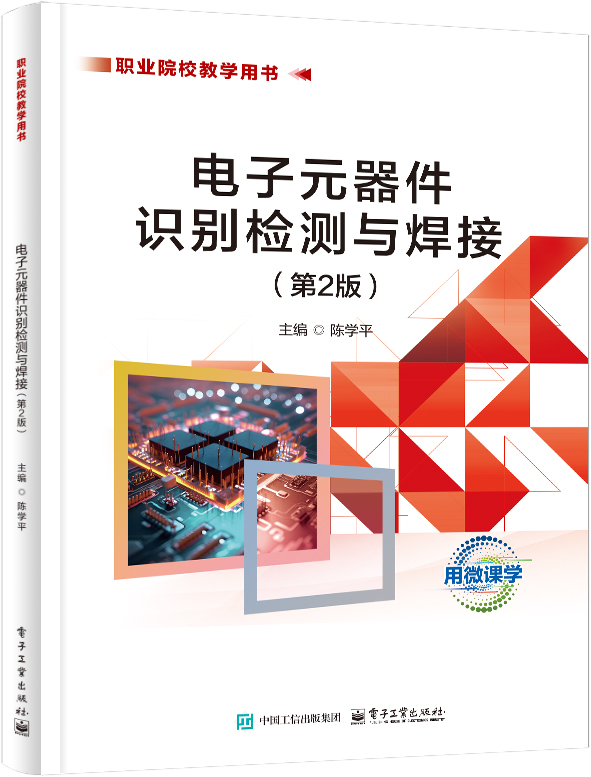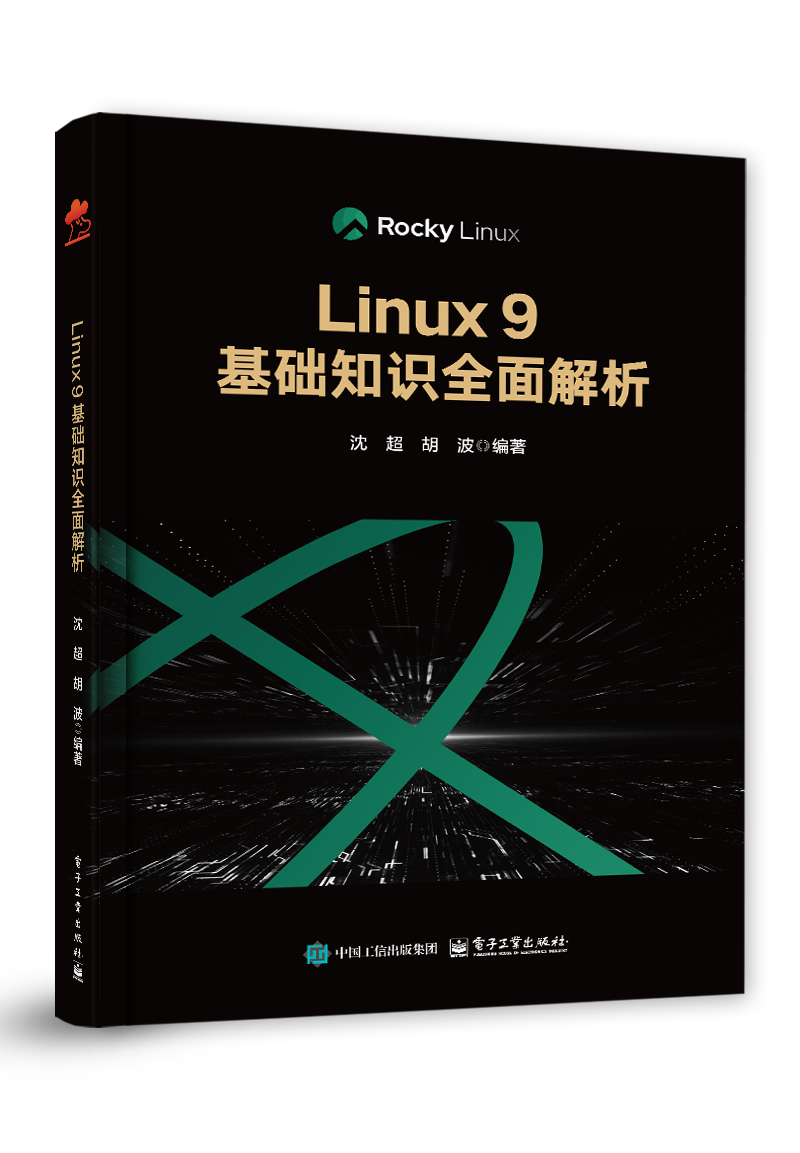数字图像处理(MATLAB版)(第二版)(英文版)
作 译 者:Rafael C. Gonzalez等
出 版 日 期:2013-04-01
书 代 号:G0195440
I S B N:9787121195440
图书简介:
这是图像处理基础理论论述同以MATLAB为主要工具的软件实践方法相对照的第一本书。本书集成了冈萨雷斯和伍兹所著的《数字图像处理(第三版)》一书中重要的原文材料和MathWorks公司的图像处理工具箱。本书的特色在于重点强调怎样通过开发新代码来加强这些软件工具。本书在介绍MATLAB编程基础知识之后,讲述了图像处理的主干内容,包括灰度变换、线性和非线性空间滤波、频率域滤波、图像复原与重建、几何变换和图像配准、彩色图像处理、小波、图像压缩、形态学图像处理、图像分割、区域和边界表示与描述。
定价 89.0
您的专属联系人更多
联系人:马老师
电话:4557
邮箱:malan@phei.com
-
配 套 资 源图书特别说明:由于成本考虑,本书不作为参考书赠送。如果确有授课教材选用的需求,可将详细情况发送给本书专属联系人,我们将进一步沟通并酌情处理。
本书资源
本书暂无资源会员上传本书资源
-
图 书 内 容
内容简介
这是图像处理基础理论论述同以MATLAB为主要工具的软件实践方法相对照的第一本书。本书集成了冈萨雷斯和伍兹所著的《数字图像处理(第三版)》一书中重要的原文材料和MathWorks公司的图像处理工具箱。本书的特色在于重点强调怎样通过开发新代码来加强这些软件工具。本书在介绍MATLAB编程基础知识之后,讲述了图像处理的主干内容,包括灰度变换、线性和非线性空间滤波、频率域滤波、图像复原与重建、几何变换和图像配准、彩色图像处理、小波、图像压缩、形态学图像处理、图像分割、区域和边界表示与描述。图书详情
ISBN:9787121195440开 本:16开页 数:756字 数:1203本书目录
Contents Preface Acknowledgements About the Authors 1 Introduction Preview 1.1 Background 1.2 What Is Digital Image Processing? 1.3 Background on MATLAB and the Image Processing Toolbox 1.4 Areas of Image Processing Covered in the Book 1.5 The Book Web Site 1.6 Notation 1.7 Fundamentals 1.7.1 The MATLAB Desktop 1.7.2 Using the MATLAB Editor/Debugger 1.7.3 Getting Help 1.7.4 Saving and Retrieving Work Session Data 1.7.5 Digital Image Representation 1.7.6 Image I/O and Display 1.7.7 Classes and Image Types 1.7.8 M-Function Programming 1.8 How References Are Organized in the Book Summary 2 Intensity Transformations and Spatial Filtering Preview 2.1 Background 2.2 Intensity Transformation Functions 2.2.1 Functions imadjust and stretchlim 2.2.2 Logarithmic and Contrast- Stretching Transformations 2.2.3 Specifying Arbitrary Intensity Transformations 2.2.4 Some Utility M-functions for Intensity Transformations 2.3 Histogram Processing and Function Plotting 2.3.1 Generating and Plotting Image Histograms 2.3.2 Histogram Equalization 2.3.3 Histogram Matching (Specification) 2.3.4 Function adapthisteq 2.4 Spatial Filtering 2.4.1 Linear Spatial Filtering 2.4.2 Nonlinear Spatial Filtering 2.5 Image Processing Toolbox Standard Spatial Filters 2.5.1 Linear Spatial Filters 2.5.2 Nonlinear Spatial Filters 2.6 Using Fuzzy Techniques for Intensity Transformations and Spatial Filtering 2.6.1 Background 2.6.2 Introduction to Fuzzy Sets 2.6.3 Using Fuzzy Sets 2.6.4 A Set of Custom Fuzzy M-functions 2.6.5 Using Fuzzy Sets for Intensity Transformations 2.6.6 Using Fuzzy Sets for Spatial Filtering Summary 3 Filtering in the Frequency Domain Preview 3.1 The 2-D Discrete Fourier Transform 3.2 Computing and Visualizing the 2-D DFT in MATLAB 3.3 Filtering in the Frequency Domain 3.3.1 Fundamentals 3.3.2 Basic Steps in DFT Filtering 3.3.3 An M-function for Filtering in the Frequency Domain 3.4 Obtaining Frequency Domain Filters from Spatial Filters 3.5 Generating Filters Directly in the Frequency Domain 3.5.1 Creating Meshgrid Arrays for Use in Implementing Filters in the Frequency Domain 3.5.2 Lowpass (Smoothing) Frequency Domain Filters 3.5.3 Wireframe and Surface Plotting 3.6 Highpass (Sharpening) Frequency Domain Filters 3.6.1 A Function for Highpass Filtering 3.6.2 High-Frequency Emphasis Filtering 3.7 Selective Filtering 3.7.1 Bandreject and Bandpass Filters 3.7.2 Notchreject and Notchpass Filters Summary 4 Image Restoration and Reconstruction Preview 4.1 A Model of the Image Degradation/Restoration Process 4.2 Noise Models 4.2.1 Adding Noise to Images with Function imnoise 4.2.2 Generating Spatial Random Noise with a Specified Distribution 4.2.3 Periodic Noise 4.2.4 Estimating Noise Parameters 4.3 Restoration in the Presence of Noise Only—Spatial Filtering 4.3.1 Spatial Noise Filters 4.3.2 Adaptive Spatial Filters 4.4 Periodic Noise Reduction Using Frequency Domain Filtering 4.5 Modeling the Degradation Function 4.6 Direct Inverse Filtering 4.7 Wiener Filtering 4.8 Constrained Least Squares (Regularized) Filtering 4.9 Iterative Nonlinear Restoration Using the Lucy-Richardson Algorithm 4.10 Blind Deconvolution 4.11 Image Reconstruction from Projections 4.11.1 Background 4.11.2 Parallel-Beam Projections and the Radon Transform 4.11.3 The Fourier Slice Theorem and Filtered Backprojections 4.11.4 Filter Implementation 4.11.5 Reconstruction Using Fan-Beam Filtered Backprojections 4.11.6 Function radon 4.11.7 Function iradon 4.11.8 Working with Fan-Beam Data Summary 5 Geometric Transformations and Image Registration Preview 5.1 Transforming Points 5.2 Affine Transformations 5.3 Projective Transformations 5.4 Applying Geometric Transformations to Images 5.5 Image Coordinate Systems in MATLAB 5.5.1 Output Image Location 5.5.2 Controlling the Output Grid 5.6 Image Interpolation 5.6.1 Interpolation in Two Dimensions 5.6.2 Comparing Interpolation Methods 5.7 Image Registration 5.7.1 Registration Process 5.7.2 Manual Feature Selection and Matching Using cpselect 5.7.3 Inferring Transformation Parameters Using cp2tform 5.7.4 Visualizing Aligned Images 5.7.5 Area-Based Registration 5.7.6 Automatic Feature-Based Registration Summary 6 Color Image Processing Preview 6.1 Color Image Representation in MATLAB 6.1.1 RGB Images 6.1.2 Indexed Images 6.1.3 Functions for Manipulating RGB and Indexed Images 6.2 Converting Between Color Spaces 6.2.1 NTSC Color Space 6.2.2 The YCbCr Color Space 6.2.3 The HSV Color Space 6.2.4 The CMY and CMYK Color Spaces 6.2.5 The HSI Color Space 6.2.6 Device-Independent Color Spaces 6.3 The Basics of Color Image Processing 6.4 Color Transformations 6.5 Spatial Filtering of Color Images 6.5.1 Color Image Smoothing 6.5.2 Color Image Sharpening 6.6 Working Directly in RGB Vector Space 6.6.1 Color Edge Detection Using the Gradient 6.6.2 Image Segmentation in RGB Vector Space Summary 7 Wavelets Preview 7.1 Background 7.2 The Fast Wavelet Transform 7.2.1 FWTs Using the Wavelet Toolbox 7.2.2 FWTs without the Wavelet Toolbox 7.3 Working with Wavelet Decomposition Structures 7.3.1 Editing Wavelet Decomposition Coefficients without the Wavelet Toolbox 7.3.2 Displaying Wavelet Decomposition Coefficients 7.4 The Inverse Fast Wavelet Transform 7.5 Wavelets in Image Processing Summary 8 Image Compression Preview 8.1 Background 8.2 Coding Redundancy 8.2.1 Huffman Codes 8.2.2 Huffman Encoding 8.2.3 Huffman Decoding 8.3 Spatial Redundancy 8.4 Irrelevant Information 8.5 JPEG Compression 8.5.1 JPEG 8.5.2 JPEG 2000 8.6 Video Compression 8.6.1 MATLAB Image Sequences and Movies 8.6.2 Temporal Redundancy and Motion Compensation Summary 9 Morphological Image Processing Preview 9.1 Preliminaries 9.1.1 Some Basic Concepts from Set Theory 9.1.2 Binary Images, Sets, and Logical Operators 9.2 Dilation and Erosion 9.2.1 Dilation 9.2.2 Structuring Element Decomposition 9.2.3 The strel Function 9.2.4 Erosion 9.3 Combining Dilation and Erosion 9.3.1 Opening and Closing 9.3.2 The Hit-or-Miss Transformation 9.3.3 Using Lookup Tables 9.3.4 Function bwmorph 9.4 Labeling Connected Components 9.5 Morphological Reconstruction 9.5.1 Opening by Reconstruction 9.5.2 Filling Holes 9.5.3 Clearing Border Objects 9.6 Gray-Scale Morphology 9.6.1 Dilation and Erosion 9.6.2 Opening and Closing 9.6.3 Reconstruction Summary 10 Image Segmentation Preview 10.1 Point, Line, and Edge Detection 10.1.1 Point Detection 10.1.2 Line Detection 10.1.3 Edge Detection Using Function edge 10.2 Line Detection Using the Hough Transform 10.2.1 Background 10.2.2 Toolbox Hough Functions 10.3 Thresholding 10.3.1 Foundation 10.3.2 Basic Global Thresholding 10.3.3 Optimum Global Thresholding Using Otsu's Method 10.3.4 Using Image Smoothing to Improve Global Thresholding 10.3.5 Using Edges to Improve Global Thresholding 10.3.6 Variable Thresholding Based on Local Statistics 10.3.7 Image Thresholding Using Moving Averages 10.4 Region-Based Segmentation 10.4.1 Basic Formulation 10.4.2 Region Growing 10.4.3 Region Splitting and Merging 10.5 Segmentation Using the Watershed Transform 10.5.1 Watershed Segmentation Using the Distance Transform 10.5.2 Watershed Segmentation Using Gradients 10.5.3 Marker-Controlled Watershed Segmentation Summary 11 Representation and Description Preview 11.1 Background 11.1.1 Functions for Extracting Regions and Their Boundaries 11.1.2 Some Additional MATLAB and Toolbox Functions Used in This Chapter 11.1.3 Some Basic Utility M-Functions 11.2 Representation 11.2.1 Chain Codes 11.2.2 Polygonal Approximations Using Minimum-Perimeter Polygons 11.2.3 Signatures 11.2.4 Boundary Segments 11.2.5 Skeletons 11.3 Boundary Descriptors 11.3.1 Some Simple Descriptors 11.3.2 Shape Numbers 11.3.3 Fourier Descriptors 11.3.4 Statistical Moments 11.3.5 Corners 11.4 Regional Descriptors 11.4.1 Function regionprops 11.4.2 Texture 11.4.3 Moment Invariants 11.5 Using Principal Components for Description Summary Appendix A M-Function Summary Appendix B ICE and MATLAB Graphical User Interfaces Appendix C Additional Custom M-functions Bibliography Index展开前 言
Preface This edition of Digital Image Processing Using MATLAB is a major revision of the book. As in the previous edition, the focus of the book is based on the fact that solutions to problems in the field of digital image processing generally require extensive experimental work involving software simulation and testing with large sets of sample images. Although algorithm development typically is based on theoretical underpinnings, the actual implementation of these algorithms almost always requires parameter estimation and, frequently, algorithm revision and comparison of candidate solutions. Thus, selection of a flexible, comprehensive, and well-documented software development environment is a key factor that has important implications in the cost, development time, and portability of image processing solutions. Despite its To achieve these objectives, we felt that two key ingredients were needed. The first was to select image processing material that is representative of material covered in a formal course of instruction in this field. The second was to select software tools that are well supported and documented, and which have a wide range of applications in the “real” world. To meet the first objective, most of the theoretical concepts in the following chapters were selected from Digital Image Processing by Gonzalez and Woods, which has been the choice introductory textbook used by educators all over the world for over three decades. The software tools selected are from the MATLAB® Image Processing Toolbox, which similarly occupies a position of eminence in both education and industrial applications. A basic strategy followed in the preparation of the current edition was to continue providing a seamless integration of well-established theoretical concepts and their implementation using state-of-theart software tools. The book is organized along the same lines as Digital Image Processing. In this way, the reader has easy access to a more detailed treatment of all the image processing concepts discussed here, as well as an up-to-date set of references for further reading. Following this approach made it possible to present theoretical material in a succinct manner and thus we were able to maintain a focus on the software implementation aspects of image processing problem solutions. Because it works in the MATLAB computing environment, the Image Processing Toolbox offers some significant advantages, not only in the breadth of its computationalalgorithm development and experimental work. After an introduction to the fundamentals of MATLAB functions and programming, the book proceeds to address the mainstream areas of image processing. The major areas covered include intensity transformations, fuzzy image processing, linear and nonlinear spatial filtering, the frequency domain filtering, image restoration and reconstruction, geometric transformations and image registration, color image processing, wavelets, image data compression, morphological image processing, image segmentation, region and boundary representation and description, and object recognition. This material is complemented by numerous illustrations of how to solve image processing problems using MATLAB and toolbox functions. In cases where a function did not exist, a new function was written and documented as part of the instructional focus of the book. Over 120 new functions are included in the following chapters. These functions increase the scope of the Image Processing Toolbox by approximately 40% and also serve the important purpose of further illustrating how to implement new image processing software solutions. The material is presented in textbook format, not as a software manual. Although the book is self-contained, we have established a companion web site (see Section 1.5) designed to provide support in a number of areas. For students following a formal course of study or individuals embarked on a program of self study, the site contains tutorials and reviews on background material, as well as projects and image databases, including all images in the book. For instructors, the site contains classroom presentation materials that include PowerPoint slides of all the images and graphics used in the book. Individuals already familiar with image processing and toolbox fundamentals will find the site a useful place for up-to-date references, new implementation techniques, and a host of other support material not easily found elsewhere. All purchasers of new books are eligible to download executable files of all the new functions developed in the text at no cost. As is true of most writing efforts of this nature, progress continues after work on the manuscript stops. For this reason, we devoted significant effort to the selection of material that we believe is fundamental, and whose value is likely to remain applicable in a rapidly evolving body of knowledge. We trust that readers of the book will benefit from this effort and thus find the material timely and useful in their work. Rafael C. Gonzalez Richard E. Woods Steven L. Eddins展开作者简介
本书暂无作者简介 -
样 章 试 读
-
图 书 评 价 我要评论
